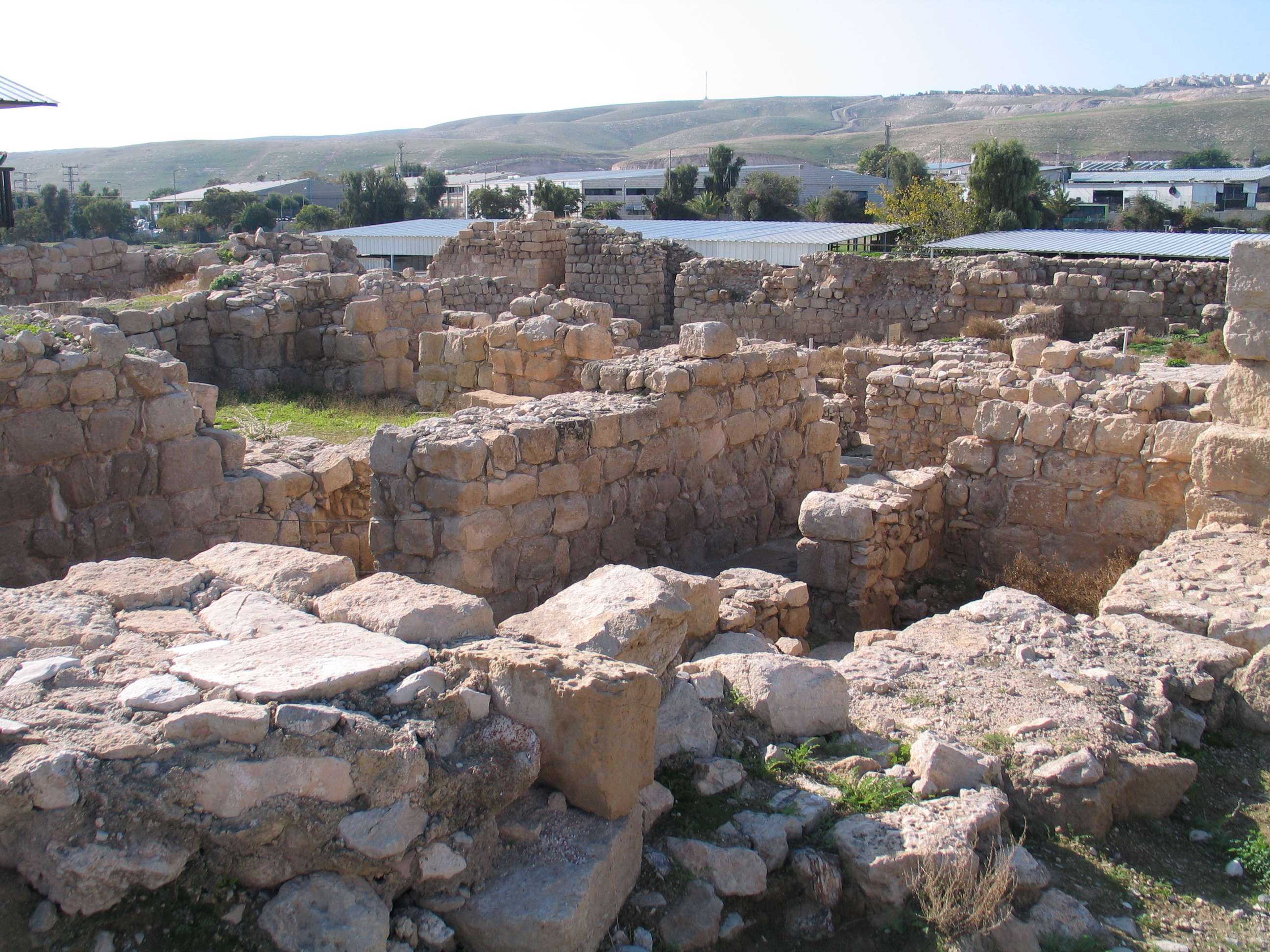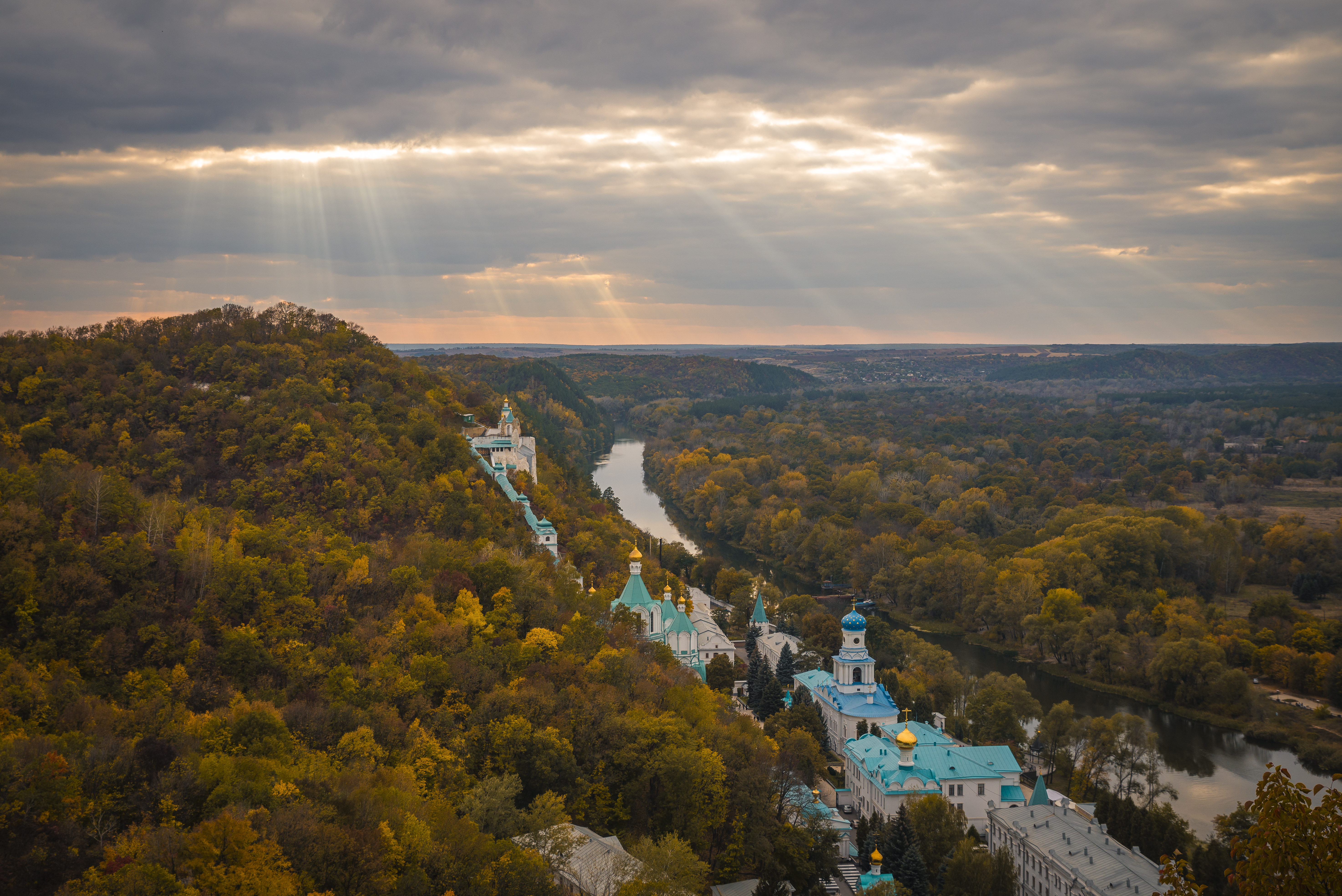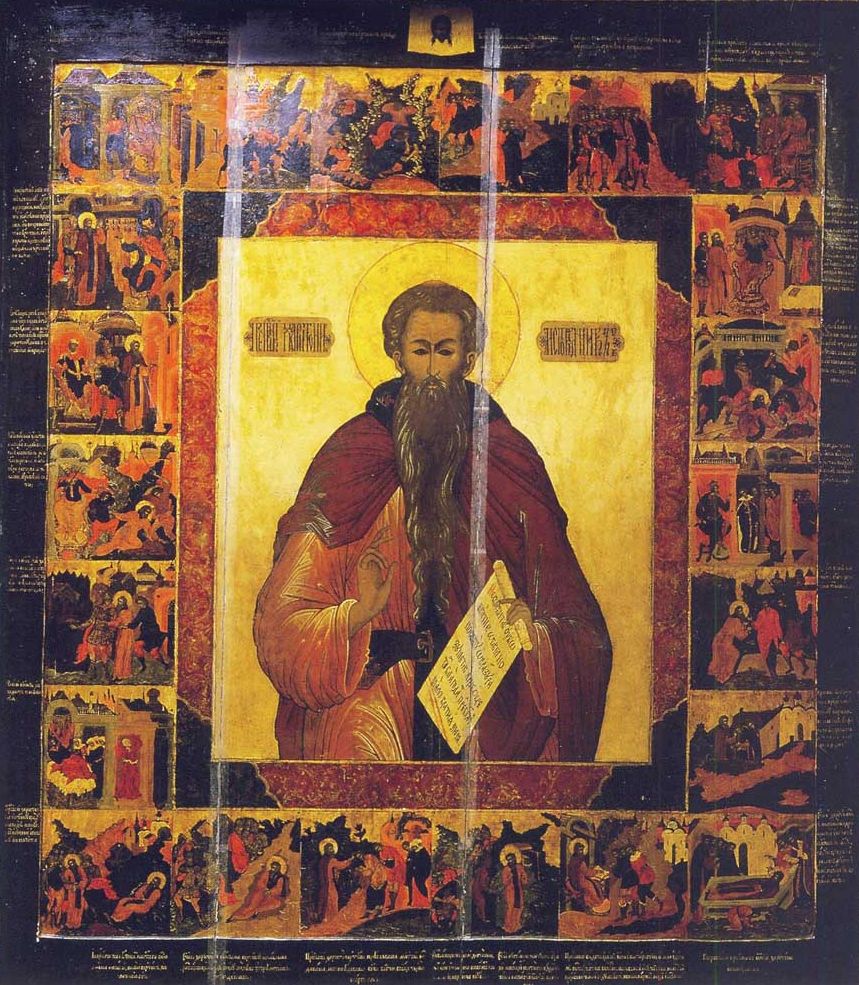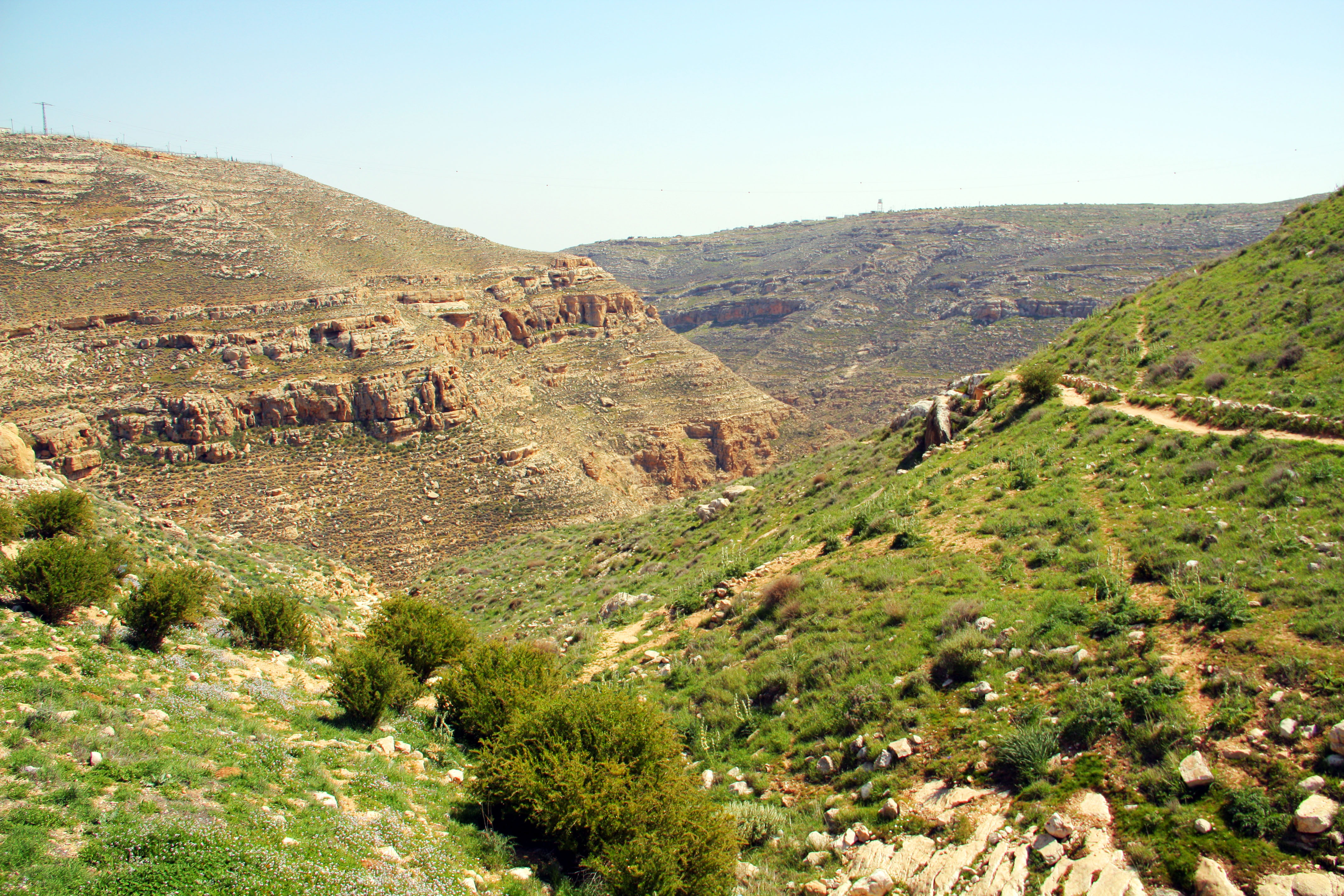|
Tekoa, Gush Etzion
Tekoa ( he, תְּקוֹעַ) is an Israeli settlement organized as a community settlement in the West Bank, located 20 km northeast of Hebron, 16 km south of Jerusalem and in the immediate vicinity of the Palestinian village of Tuqu'. It falls under the jurisdiction of Gush Etzion Regional Council. In it had a population of . The international community considers Israeli settlements in the West Bank illegal under international law, but the Israeli government disputes this. History Founding Tekoa was established in 1975 as a Nahal outpost in the vicinity of the Palestinian village of Tuqu'. In 1977 it was handed over to civilian residents. It is named after the hometown of the Biblical prophet Amos, whereupon the neighbouring settlement of Nokdim indicates his profession (shepherd) - see . Tekoa is built on 1071 dunam of land which, according to ARIJ, Israel confiscated from the Palestinian citizens of Tuqu'. The town is located 5 miles south of Bethlehem at ... [...More Info...] [...Related Items...] OR: [Wikipedia] [Google] [Baidu] |
Israeli Settlement
Israeli settlements, or Israeli colonies, are civilian communities inhabited by Israeli citizens, overwhelmingly of Jewish ethnicity, built on lands occupied by Israel in the 1967 Six-Day War. The international community considers Israeli settlements to be illegal under international law, though Israel disputes this. Israeli settlements currently exist in the West Bank (including East Jerusalem), claimed by the State of Palestine as its sovereign territory, and in the Golan Heights, widely viewed as Syrian territory. East Jerusalem and the Golan Heights have been effectively annexed by Israel, though the international community has rejected any change of status in both territories and continues to consider each occupied territory. Although the West Bank settlements are on land administered under Israeli military rule rather than civil law, Israeli civil law is "pipelined" into the settlements, such that Israeli citizens living there are treated similarly to those livi ... [...More Info...] [...Related Items...] OR: [Wikipedia] [Google] [Baidu] |
Bethlehem
Bethlehem (; ar, بيت لحم ; he, בֵּית לֶחֶם '' '') is a city in the central West Bank, Palestine, about south of Jerusalem. Its population is approximately 25,000,Amara, 1999p. 18.Brynen, 2000p. 202. and it is the capital of the Bethlehem Governorate of the State of Palestine. The economy is primarily tourist-driven, peaking during the Christmas season, when Christians make pilgrimage to the Church of the Nativity. The important holy site of Rachel's Tomb is at the northern entrance of Bethlehem, though not freely accessible to the city's own inhabitants and in general Palestinians living in the Israeli-occupied West Bank due to the Israeli West Bank barrier. The earliest known mention of Bethlehem was in the Amarna correspondence of 1350–1330 BCE when the town was inhabited by the Canaanites. The Hebrew Bible, which says that the city of Bethlehem was built up as a fortified city by Rehoboam, identifies it as the city David was from and where he was ... [...More Info...] [...Related Items...] OR: [Wikipedia] [Google] [Baidu] |
Dead Sea
The Dead Sea ( he, יַם הַמֶּלַח, ''Yam hamMelaḥ''; ar, اَلْبَحْرُ الْمَيْتُ, ''Āl-Baḥrū l-Maytū''), also known by other names, is a salt lake bordered by Jordan to the east and Israel and the West Bank to the west. It lies in the Jordan Rift Valley, and its main tributary is the Jordan River. As of 2019, the lake's surface is below sea level, making its shores the lowest land-based elevation on Earth. It is deep, the deepest hypersaline lake in the world. With a salinity of 342 g/kg, or 34.2% (in 2011), it is one of the world's saltiest bodies of water – 9.6 times as salty as the ocean – and has a density of 1.24 kg/litre, which makes swimming similar to floating. This salinity makes for a harsh environment in which plants and animals cannot flourish, hence its name. The Dead Sea's main, northern basin is long and wide at its widest point. The Dead Sea has attracted visitors from around the Mediterranean Basin for th ... [...More Info...] [...Related Items...] OR: [Wikipedia] [Google] [Baidu] |
Khirbet Tuqu
:''Khirbet ad-Deir, part of Teqoa, should not be confused with Khirbet ad-Deir in Hebron Governorate.'' Teqoa ( ar, تقوع, also spelled Tuquʿ) is a Palestinian town in the Bethlehem Governorate, located southeast of Bethlehem in the West Bank. The town is built adjacent to the biblical site of Tekoa (Thecoe), now Khirbet Tuqu’, from which it takes its name. Today's town includes three other localities: Khirbet Ad Deir, Al Halkoom, and Khirbet Teqoa. According to the Palestinian Central Bureau of Statistics (PCBS), Teqoa had a population of 8,881 in 2007.Masoretic_Text.html" ;"title=".e., in the Masoretic Text">.e., in the Masoretic Text ()places it, together with Bethlehem and other towns of the hill-country of Judah, south of Jerusalem". Singer offers as secure the identification of the site at "Khirbat Taḳu'ah". Jeremiah places Teqoa in the south (), and two other passages speak about the desert, or wilderness, of Tekoa ( and ). However, describes the Amos (prophet), p ... [...More Info...] [...Related Items...] OR: [Wikipedia] [Google] [Baidu] |
Euthymius The Great
Euthymius the Great (377 – 20 January 473) was an abbot in Palestine. He is venerated in both Roman Catholic and Eastern Orthodox Churches. Euthymius' ''vita'' was written by Cyril of Skythopolis, who describes him as the founder of several monasteries in the Judaean desert, while remaining a solitary monk in the tradition of Egyptian monasticism. He nevertheless played a decisive role in helping the decisions of the Council of Chalcedon (451) prevail in Jerusalem, in spite of the majority of the monks in the region opposing it. Life Euthymius was born in Melitene in Lesser Armenia, in a pious family of noble birth. According to Christian tradition, his parents, Paul and Dionysia, had prayed for a son at the church of Saint Polyeuctus in Melitene. When the child was born, they named him ''Euthymius'', meaning "good cheer". Euthymius was educated by Bishop Otreius of Melitene, who afterwards ordained him and placed him in charge of all the monasteries in the Diocese of Me ... [...More Info...] [...Related Items...] OR: [Wikipedia] [Google] [Baidu] |
Lavra
A lavra or laura ( el, Λαύρα; Cyrillic: Ла́вра) is a type of monastery consisting of a cluster of cells or caves for hermits, with a church and sometimes a refectory at the center. It is erected within the Orthodox and other Eastern Christian traditions. The term is also used by some Roman Catholic communities. The term in Greek initially meant a narrow lane or an alley in a city.. History Byzantine laura/lavra From the fifth century the Greek term ''laura'' could refer specifically to the semi-eremitical monastic settlements of the Judaean Desert, where lauras were very numerous. The first lauras of Palestine were founded by Chariton the Confessor (born 3rd century, died ca. 350): the Laura of Pharan (now Wadi Qelt) northeast of Jerusalem, the Laura of Douka on the Mount of Temptation west of Jericho, and Souka Laura or Old Laura in the area of Tuqu' in Wadi Khureitun. Saint Euthymius the Great (377–473) founded one of the early lauras in fifth-century Palestine. The ... [...More Info...] [...Related Items...] OR: [Wikipedia] [Google] [Baidu] |
Chariton The Confessor
Chariton the Confessor (Greek: Χαρίτων; mid-3rd century, Iconium, Asia Minor – c. 350, Judaean desert) was a Christian saint. His remembrance day is September 28. Life Sources We know about his ''vita'' from the 6th-century "Life of Chariton", written by an anonymous monk, which holds elements supported by modern archaeological excavations. Early life Chariton was a native of Iconium in the Byzantine province of Lycaonia. Under the reign of Emperor Aurelian (270-275) he was tortured and came close to become a martyr during a persecution against Christians. Released from prison after Aurelian's death, he regretted not having died as a martyr. Pharan near Jerusalem After his release in 275, during a pilgrimage to Jerusalem and other holy places, Chariton was abducted by bandits and brought to a cave in the Pharan Valley (upper Wadi Qelt). The traditional account states that his abductors died by drinking wine that was poisoned by a snake. Chariton decided to remain a he ... [...More Info...] [...Related Items...] OR: [Wikipedia] [Google] [Baidu] |
Wadi Khureitun
Wadi Khureitun or Nahal Tekoa is a wadi in a deep ravine in the Judaean Desert in the West Bank, west of the Dead Sea, springing near Tekoa. Name The Hebrew name, Nahal Tekoa ("Tekoa Stream"), and the English name used in some Christian contexts, Tekoa Valley, is derived from the ancient Judahite town of Tekoa. The Arabic name, Wadi Khureitun, comes from the early Christian hermit, Saint Chariton the Confessor, who founded his third lavra in this valley. Description, history, archaeology A hiking path on the west of the wadi passes a number of prehistoric caves on its way south to the Chariton Monastery ruins. The archaeological Stone Age (Mesolithic and Neolithic) site of El Khiam is located in this area. Saint Chariton the Confessor (end of 3rd century-ca. 350) founded here the Lavra of Souka, later called the Old Lavra, and today popularly known as the Chariton Monastery. Existing karstic caves from the chalk stone of the wadi were expanded and used as hermit abodes by m ... [...More Info...] [...Related Items...] OR: [Wikipedia] [Google] [Baidu] |
Karst
Karst is a topography formed from the dissolution of soluble rocks such as limestone, dolomite, and gypsum. It is characterized by underground drainage systems with sinkholes and caves. It has also been documented for more weathering-resistant rocks, such as quartzite, given the right conditions. Subterranean drainage may limit surface water, with few to no rivers or lakes. However, in regions where the dissolved bedrock is covered (perhaps by debris) or confined by one or more superimposed non-soluble rock strata, distinctive karst features may occur only at subsurface levels and can be totally missing above ground. The study of ''paleokarst'' (buried karst in the stratigraphic column) is important in petroleum geology because as much as 50% of the world's hydrocarbon reserves are hosted in carbonate rock, and much of this is found in porous karst systems. Etymology The English word ''karst'' was borrowed from German in the late 19th century, which entered German much earlier ... [...More Info...] [...Related Items...] OR: [Wikipedia] [Google] [Baidu] |
Bar Kokhba Revolt
The Bar Kokhba revolt ( he, , links=yes, ''Mereḏ Bar Kōḵḇāʾ''), or the 'Jewish Expedition' as the Romans named it ( la, Expeditio Judaica), was a rebellion by the Jews of the Judea (Roman province), Roman province of Judea, led by Simon bar Kokhba, against the Roman Empire. Fought Common Era, CE, it was the last of three major Jewish–Roman wars, so it is also known as the Third Jewish–Roman War or, the Third Jewish Revolt. Some historians also refer to it as the Second Revolt of Judea, not counting the Kitos War (115–117 CE), which had only marginally been fought in Judea. The revolt erupted as a result of religious and political tensions in Judea following on the failed First Jewish–Roman War, First Revolt in 66–73 CE. These tensions were related to the establishment of a large Roman military presence in Judea, changes in administrative life and the economy, together with the outbreak and suppression of Jewish revolts from Mesopotamia to Ancient Libya, ... [...More Info...] [...Related Items...] OR: [Wikipedia] [Google] [Baidu] |
Ben Kosiba
Simon ben Koseba or Cosiba ( he, שִׁמְעוֹן בַּר כֹסֵבָא, translit= Šīmʾōn bar Ḵōsēḇaʾ ; died 135 CE), commonly known as Bar Kokhba ( he, שִׁמְעוֹן בַּר כּוֹכְבָא, translit=Šīmʾōn bar Kōḵḇāʾ ), was a Jewish military leader who led the Bar Kokhba revolt against the Roman Empire in 132 CE. The revolt established a three-year-long independent Jewish state in which Bar Kokhba ruled as ''nasi'' ("prince"). Some of the rabbinic scholars in his time imagined him to be the long-expected Messiah. Bar Kokhba fell in the fortified town of Betar. Name Documented name Documents discovered in the 20th century in the Cave of Letters give his original name, with variations: Simeon bar Kosevah (), Bar Kosevaʾ () or Ben Kosevaʾ (). It is probable that his original name was Bar Koseba. The name may indicate that his father or his place of origin was named Koseva(h), with Khirbet Kuwayzibah being a likely nominee for id ... [...More Info...] [...Related Items...] OR: [Wikipedia] [Google] [Baidu] |







.jpg)